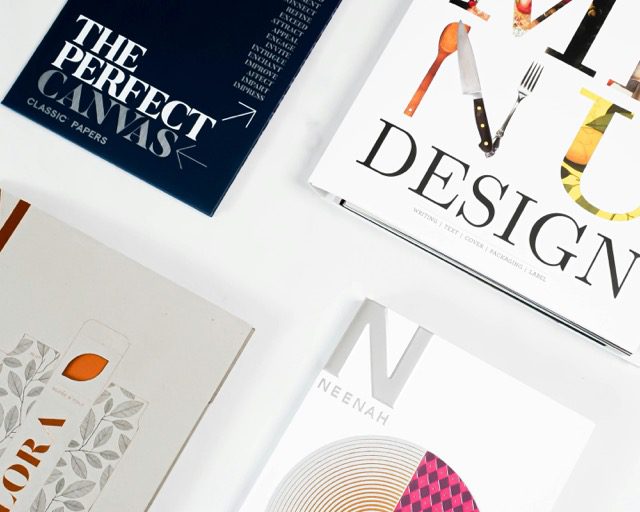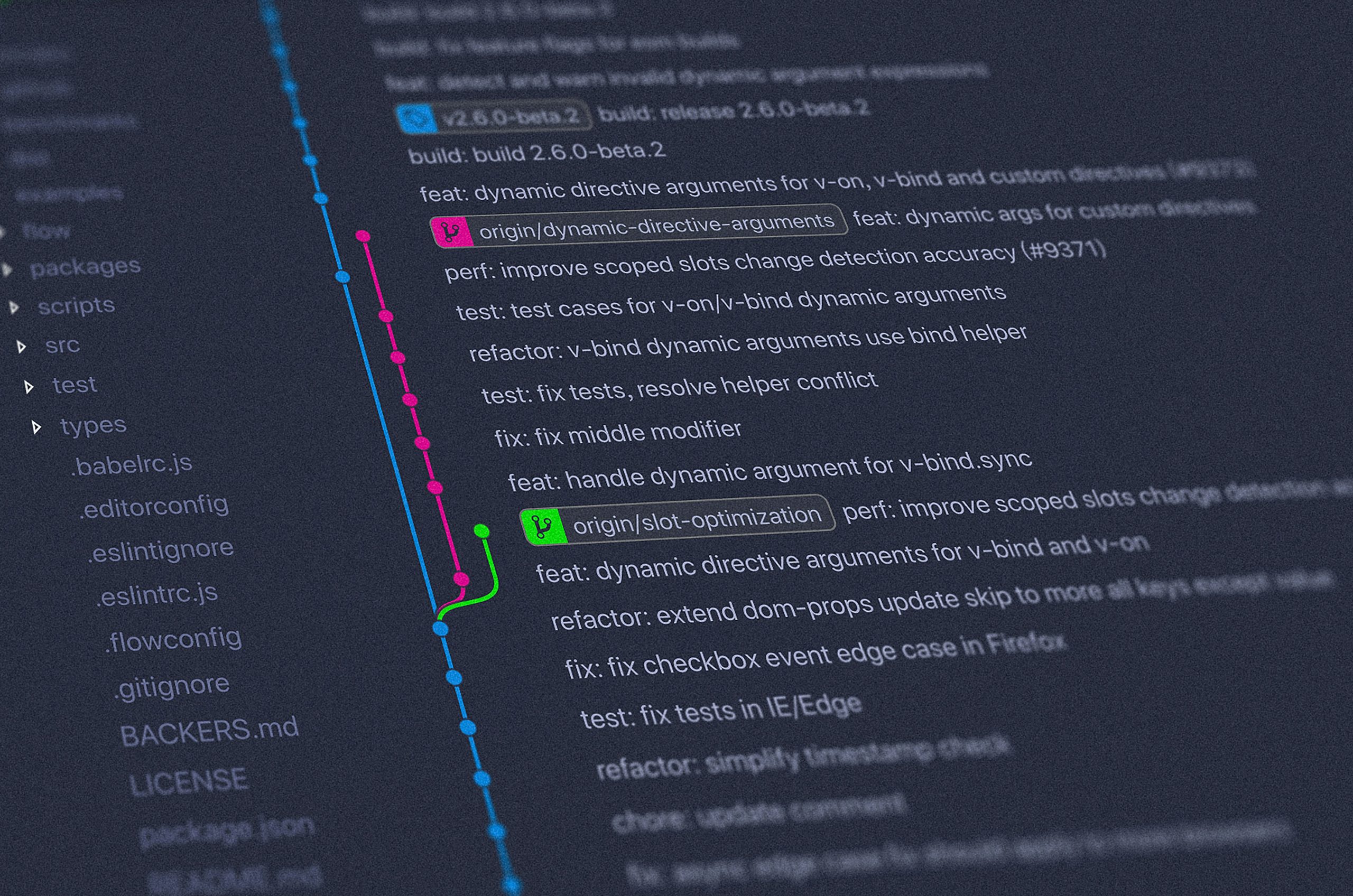How to Transition from Graphic Design to UX
In the rapidly evolving world of digital product development, the transition from graphic design to User Experience (UX) design is becoming an important move for many creative professionals. As companies increasingly prioritize user-friendly interfaces, the demand for UX designers continues to rise. Understanding how to transition from graphic design to UX is crucial for those keen on advancing their careers in this dynamic field.
Why Transition from Graphic Design to UX?
Graphic design and UX design share common skills, such as visual storytelling and creativity. However, UX design focuses more on enhancing user satisfaction by improving the usability, accessibility, and overall interaction between users and products. As a graphic designer, transitioning to UX can open doors to broader career opportunities and increase your contribution to product development.
The Growing Demand for UX Designers
According to LinkedIn’s 2020 Emerging Jobs Report, UX design was one of the top emerging career fields worldwide. As businesses shift to digital platforms, UX designers are essential in creating engaging and user-centric applications and websites. The graphic design skillset naturally lends itself to UX design, offering an advantageous starting point for your career transition.
Steps to Transition from Graphic Design to UX
Making a successful transition involves understanding both the UX design process and the skills necessary to excel in the field. Here’s a step-by-step guide on how to transition from graphic design to UX:
1. Develop a User-Centric Mindset
Shift your focus from aesthetics alone to understanding user needs. This involves conducting user research, creating personas, and empathy mapping. Books like “The Design of Everyday Things” by Don Norman can offer valuable insights into user-centered design principles.
2. Acquire New Skills
To bridge the gap between graphic design and UX, it’s crucial to acquire skills like wireframing, prototyping, and usability testing. Online courses via platforms like Coursera or LinkedIn Learning can help you learn these UX fundamentals. Interactive tools such as Figma or Sketch are also essential for creating user flows and wireframes.
3. Understand the UX Design Process
The process typically includes user research, designing wireframes, prototyping, and conducting usability tests. Familiarize yourself with methodologies like Design Thinking and Agile, which are frequently used in UX projects. Understanding these processes will improve your ability to create user-friendly designs.
4. Build a UX Portfolio
As with graphic design, a strong portfolio is vital in UX. It should showcase your design process, problem-solving skills, and user-centered results. Highlight projects where you’ve improved user interaction and experience, and use a narrative approach to demonstrate how you achieve results.
5. Network with UX Professionals
Join UX-focused groups on platforms like LinkedIn and participate in forums such as User Experience Stack Exchange. These communities provide resources, mentorship opportunities, and insights into current industry trends.
Overcoming Challenges in the Transition
Transitioning from graphic design to UX is not without its challenges. It’s essential to be open to feedback, continuously learn, and adapt to new tools and techniques. Embrace the shift in mindset from visual thinking to user-centric problem-solving. By doing so, you enhance your relevance in the constantly evolving landscape of design.
Leveraging Your Graphic Design Skills
Don’t underestimate the transferability of your existing skills. Your visual design expertise and creativity remain crucial components of UX design. By leveraging these strengths and integrating them with new UX skills, you enhance your capability to design intuitive and engaging user experiences.
Conclusion
Transitioning from graphic design to UX can significantly enhance your career prospects in the contemporary digital landscape. By understanding how to transition from graphic design to UX and embracing continuous learning, you position yourself advantageously in an industry that values innovative and user-centered design. As you embark on this journey, remember that your unique perspective as a graphic designer can provide a valuable foundation for excelling in UX design.
By progressing through these steps with dedication and curiosity, you will find opportunities in a burgeoning field that blends creativity with technology to enhance user interactions across platforms and products.




